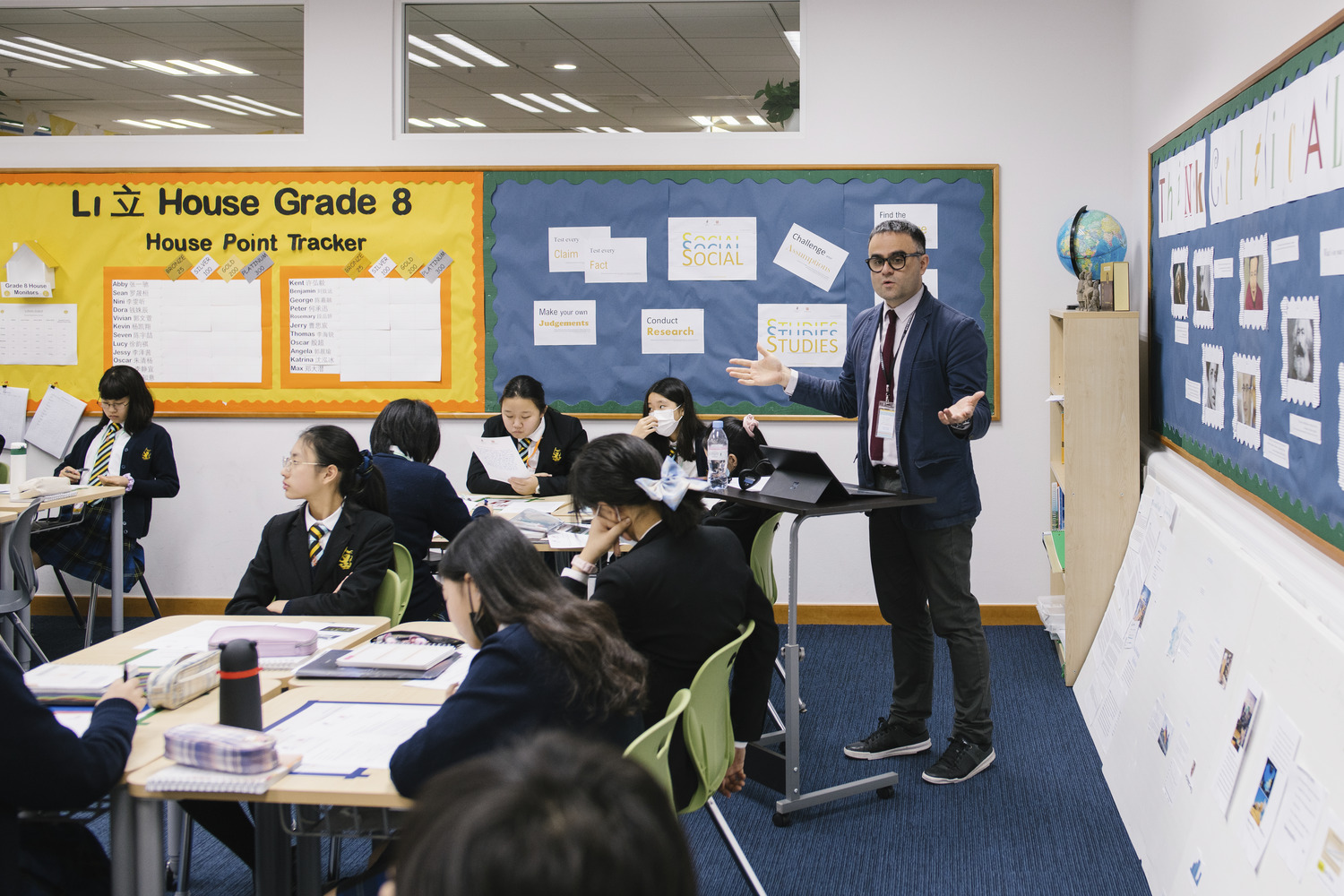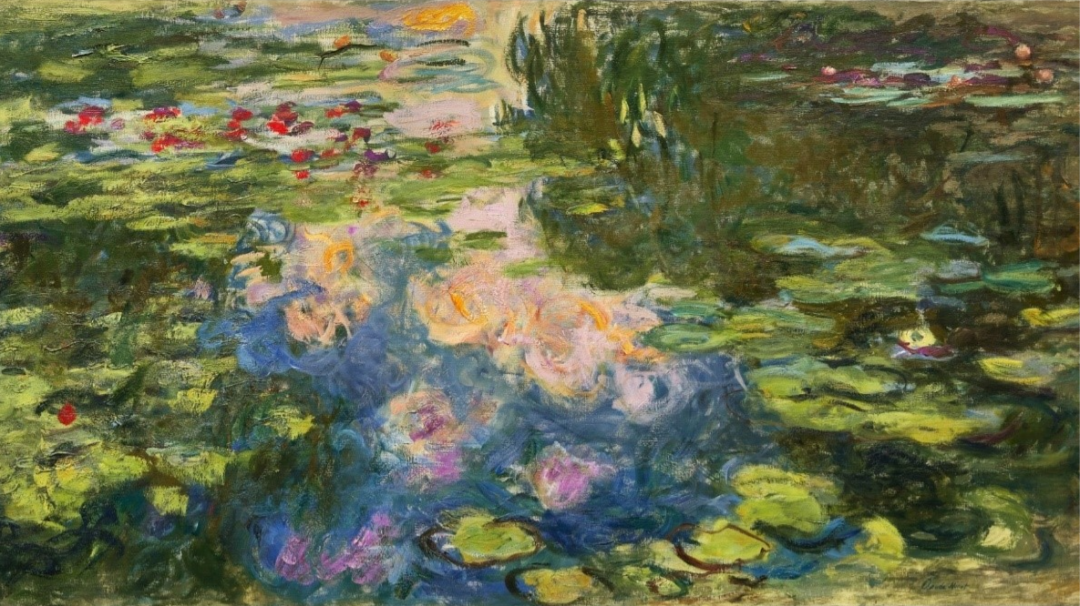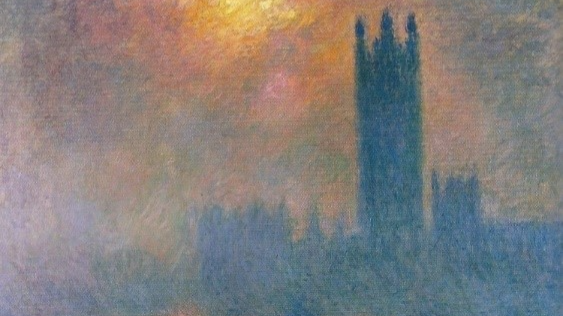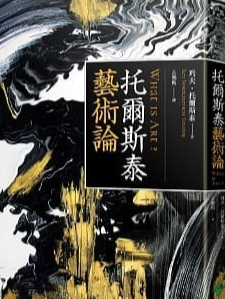
Paulo Arruda
Junior High Social Studies Teacher
As a teacher, I am often asked by parents for suggestions on how to help learners at home. In particular, parents are generally keen to know how to promote critical thinking. I am always delighted when our investigations in the classroom spill over to the dinner table, leading to thought-provoking conversations as a family. Quite often, that is the best possible start, where in the context of an engaging discussion, students and their parents can explore meaningful questions. The joy and the sense of purpose of learning that can come from this is undeniable. And, indeed, there is so much that we do in the classroom that students can take home.

One thing I have frequently shared with parents is to challenge learners with knowledge questions. Who, what, where, and when… these are simpler, factual questions. Why is more interesting and requires explanation, even argument. But, I say to parents, ask instead how do we know and how can we be certain of what we know? These are arguably much more meaningful questions. They are knowledge questions, or questions that focus on knowledge itself.
The reader, depending on their educational background, will discern the links here with the Theory of Knowledge course in the IB Diploma Programme. Hiba Academy Shanghai will be applying to become an IB candidate school in the 2021-2022 academic year.
TOK challenges students to ‘know about knowing’ and invites them to critically consider what they know, how they construct that knowledge, their assumptions, and beliefs, how they share knowledge, and more. Students explore the different ways in which they come to know, including by way of language, sense perception, emotion, reason, imagination, faith, intuition, and memory, and whether their knowledge is justified.
According to the International Baccalaureate Organisation, TOK “is one of the components of the DP [Diploma Programme] core and is mandatory for all students. The TOK requirement is central to the educational philosophy of the DP.”At Hiba, our students will study TOK as a core component of their work in grades 11 and 12. However, that will not be the first time they will be challenged with some of the central questions of the course. Indeed, students are regularly confronted with questions about knowledge at our school, from very early in their studies.
At home too, parents ought to regularly stretch students to consider questions about how we come to know things, to debate how knowledge is created and shared, and to evaluate the different ways in which we know things to be true. Below, I want to pull on this thread a little further, to give an example of a possible exploration into ‘how we know’. My hope is that this will provide food for thought, at the very least, or good conversation with students at home, but especially also a way of working, of questioning, that can be followed generally at home. In so doing, I will also make salient key concepts like areas of knowledge, ways of knowing, and knowledge questions.
The fog, the brush, and the value of art
I will do this in one area of knowledge, the arts. I will ask how do we know the value of art? And how can we be certain that we have come to the right judgement?
French impressionist Claude Monet is perhaps most famous for his series of exuberant water lilies and lush ponds painted from his estate in Giverny, in the Normandy countryside. The object of his mature work, they are a culmination of his spontaneous, relaxed style, his masterful use of colour, and his preference for painting en plein air and for natural light.
I have been fortunate enough to see his art in the Musée de l’Orangerie and the d'Orsay in Paris, in the Museum of Modern Art in New York, the National Gallery in London, and other galleries – indeed his work is scattered across the globe, with exhibits regularly drawing high numbers of visitors.

Claude Monet, Le Bassin aux nymphéas (1904), oil on canvas, Sotheby’s New York, found online at Sotheby’s.com.
At the time of writing this article, major outlets around the world give news of an upcoming sale of Claude Monet’s Le Bassin aux Nymphéas at Sotheby’s New York. The gallery is expected to benefit upwards of USD$40 million from the sale at an Impressionist and Modern Art evening in May. Mind you, this will not be by any account the highest-earning work by Monet. In 2018, another of his paintings sold at Christie’s for USD$84 million. It will be amongst Monet’s top 10, however.
This real-life situation serves as a stimulus for precisely the kind of question I suggest to parents in this article. How do we know the value of something? And how can we be certain that we have come to a proper judgement of its value? I want to explore this knowledge question in one area of knowledge, the arts. I hope, however, that the reader will continue at home with explorations of this question in other areas of knowledge. I will give some suggestion at the end.
Monet is also known, if less so, for another equally stunning series started in the winter of 1901 in the British capital. There, he worked on immortalising what was to him a real obsession, namely the London fog – “without the fog, London would not be beautiful,” he once said.
Seen against the backdrop of Waterloo bridge, Charing Cross, or the Houses of Parliament, this peculiarly British phenomenon was captured in a way perhaps no other artist has been able to achieve. Perhaps even too much so. Is it really the London fog that we see on Monet’s canvas? Or is it Monet’s brush strokes that we see on a foggy day in London? Put differently, does art imitate life, or is it the other way round?

Claude Monet, The Houses of Parliament, London, with the Sun Breaking Through the Fog (1904), oil on canvas, Musée d'Orsay, Paris, France, found online at cmonetgallery.com.
In his essay The Decay of Lying (1891), Oscar Wilde makes the claim, through the voice of his characters, that “nature, no less than life, is an imitation of art.” For Wilde, our perception, our seeing of “those wonderful brown fogs that come creeping down our streets” and the “lovely silver mists that brood over our river” is entirely shaped by the work of Monet and the impressionists. Wilde goes even further to make the argument that art has value inasmuch as it creates reality, and creates beauty.
It does seem at times that the scenes of everyday life, the things most conspicuous and most taken for granted, are endowed with aesthetic beauty, even with existence, only when finally sung, or penned, or painted by a masterful artist. In this sense, the London fog might really be Monet’s own ‘creation’ and the beautiful things we see only exist “because we see them, and what we see, and how we see it, depends on the arts that have influenced us,” as Wilde argues.
Nonetheless, I find it hard to accept the argument that the value of art lies in creating reality. After all, the fog would still be really there, regardless of Monet’s brush. The artist, therefore, calls our attention to things ordinarily unseen, or taken for granted, and in so doing may point us to the beauty of things neglected or overlooked. However, those things, the fog, for instance, have been there all along.
Leo Tolstoy, the Russian thinker and novelist, in his essay What is Art? (1897) offers a more interesting counterargument to what we have above. “Art begins when a man, with the purpose of communicating to other people a feeling he once experienced, calls it up again within himself and expresses it by certain external signs,” says Tolstoy. In other words, a man or a woman – Tolstoy was likely being sexist here – will express a feeling, an experience, and will do so in artform. To him, the value of art lies in making intelligible to others what is unique to the individual, that is a feeling, an experience, a mental state.

Monet is known to have painted the Houses of Parliament from St Thomas Hospital, on the south bank of the river Thames, just opposite. My twin girls were born at St Thomas. I have crossed Charing Cross bridge several times with my son on his scooter. The walk from Waterloo station, across the bridge, to the Strand campus of King’s College London – humming to The Kink’s Waterloo Sunset -- is a cherished memory of my experience as a postgraduate student in the city.
These sights are profoundly significant to me. And I did at times see these sights in the fog. This sense of a shared experience allows me to communicate with Monet in a way that would perhaps not be possible without. To me, Monet communicates hope, joy, youth, and so many other feelings. I thus find value in Monet’s paintings, not for the reality of the fog they create, but for the emotional connection they make possible.
It would seem, therefore, if we accept Tolstoy’s argument, that we know the value of art from the emotions that a certain work may stir up within us, and the feelings it communicates, and the relationship it makes possible, the conversation it makes possible, between the artist and us. And this explains why I myself know the value of Monet’s work and can be certain that I have judged this value well.
There are a number of extremely significant implications to be teased out from Tolstoy’s argument, however, and which, to be fair, he does develop along the text. Is communication of feeling necessary for art? Would humans be ignorant of each other’s feelings without art? If an artist, a professional, must sell their art in order to make a living, does this mean their communication is less sincere? Is a shared experience, at least on some basic level, a prerequisite for successful communication between the artist and their audience?
This kind of knowledge of the value of art is also very personal, from a very personal perspective. It is difficult to share this knowledge. It certainly does not allow me with any real degree of objectivity to put a price tag on Monet’s work. I may know that art has value, and that Monet’s art has value, but do I know that Monet’s Le Bassin aux Nymphéas is worth USD$40 million?

So, how do we know the value of something? And how can we be certain that we have come to a proper judgement of its value? So far, we have explored how value may be determined in one area of knowledge only, namely the Arts. How does this compare with other areas of knowledge?
For instance, how do we attribute value in the Natural Sciences? Specifically, how do we know the value of a scientific discovery? Or a scientific theory? This area of knowledge places considerable weight on knowing by way of sensory perception, and observation, in particular. But, does intuition also shape the way we know in the Natural Sciences? Moreover, what is the part of belief in this area of knowledge? Do we need to ‘believe’ in a particular theory?

And even, how do we know the value of something in Mathematics? For example, what is the value of a mathematical equation? Are things like beauty and simplicity also factors when attributing value? Comparatively, is mathematical proof of a given natural phenomenon of any greater or lesser value when we lack direct observation of that phenomenon in the natural world?
It is important to be able to ask these questions across different areas of knowledge. In other words, knowledge questions are not limited to what we know in any specific discipline. I must stress this again. These are not questions about what we know in any particular field, but rather, about how we know. As such, they are open-ended questions, the answers to which are contestable.
Finally, as we have done here, knowledge questions often arise from real-life situations. So, although they may be asked at a greater level of abstraction, there are definite implications to real-world issues as we consider what makes for good evidence, how best to interpret that evidence, the place of perspective and what is subjective, or personal knowledge, and what is objective, or shared knowledge.
I genuinely hope I have been able to share here with our readers, parents and students, the tremendous value of asking knowledge questions, and the intellectual satisfaction that follows this pursuit. I hope also I have been able to give a model of sorts, an example of one such investigation into how we know and how we can be certain of what we know, in the Arts. Next, whether you explore knowledge in the Natural Sciences, or Mathematics, as I have hinted here, and wherever else your learning journey takes you, remember to ask knowledge questions!